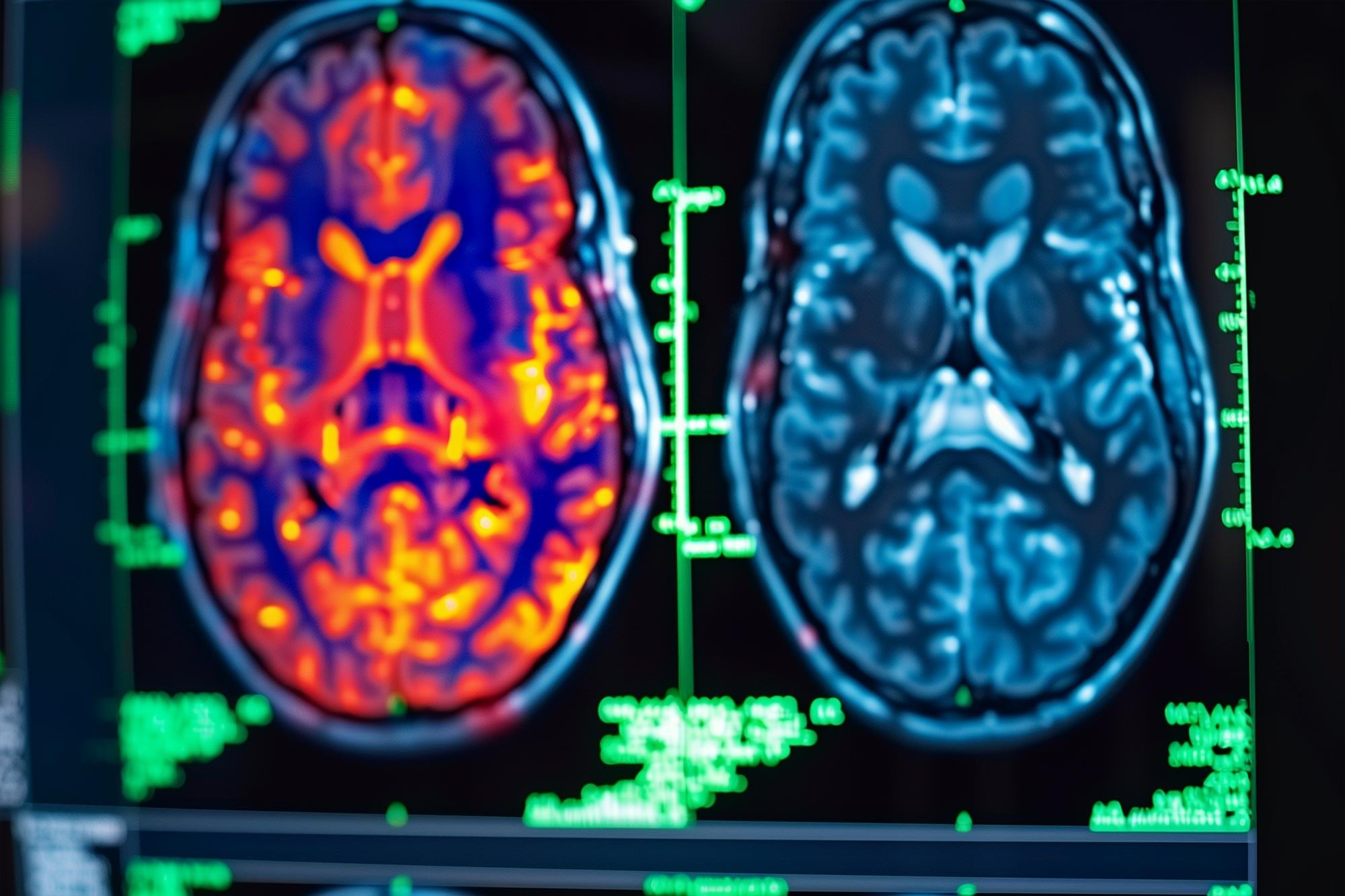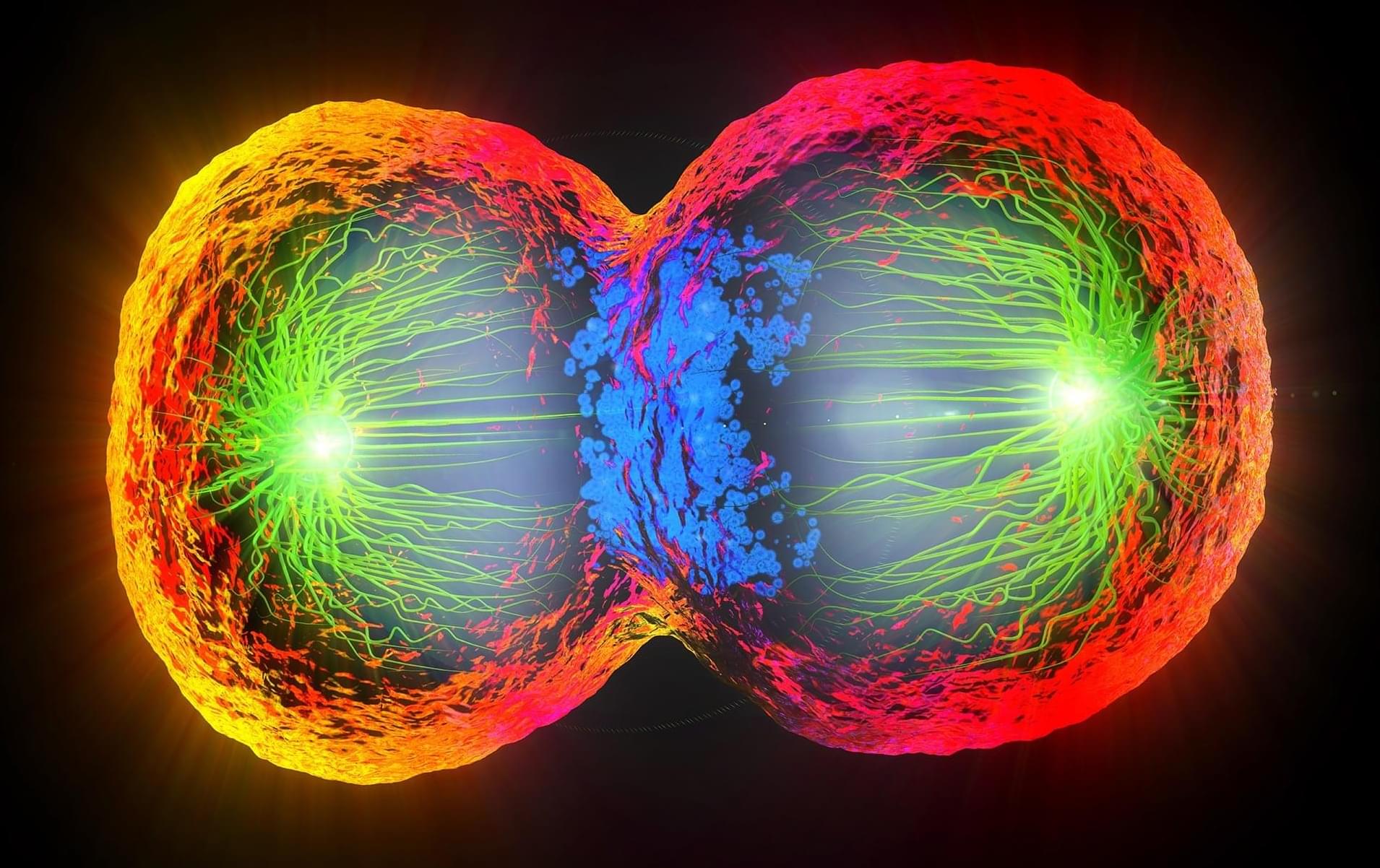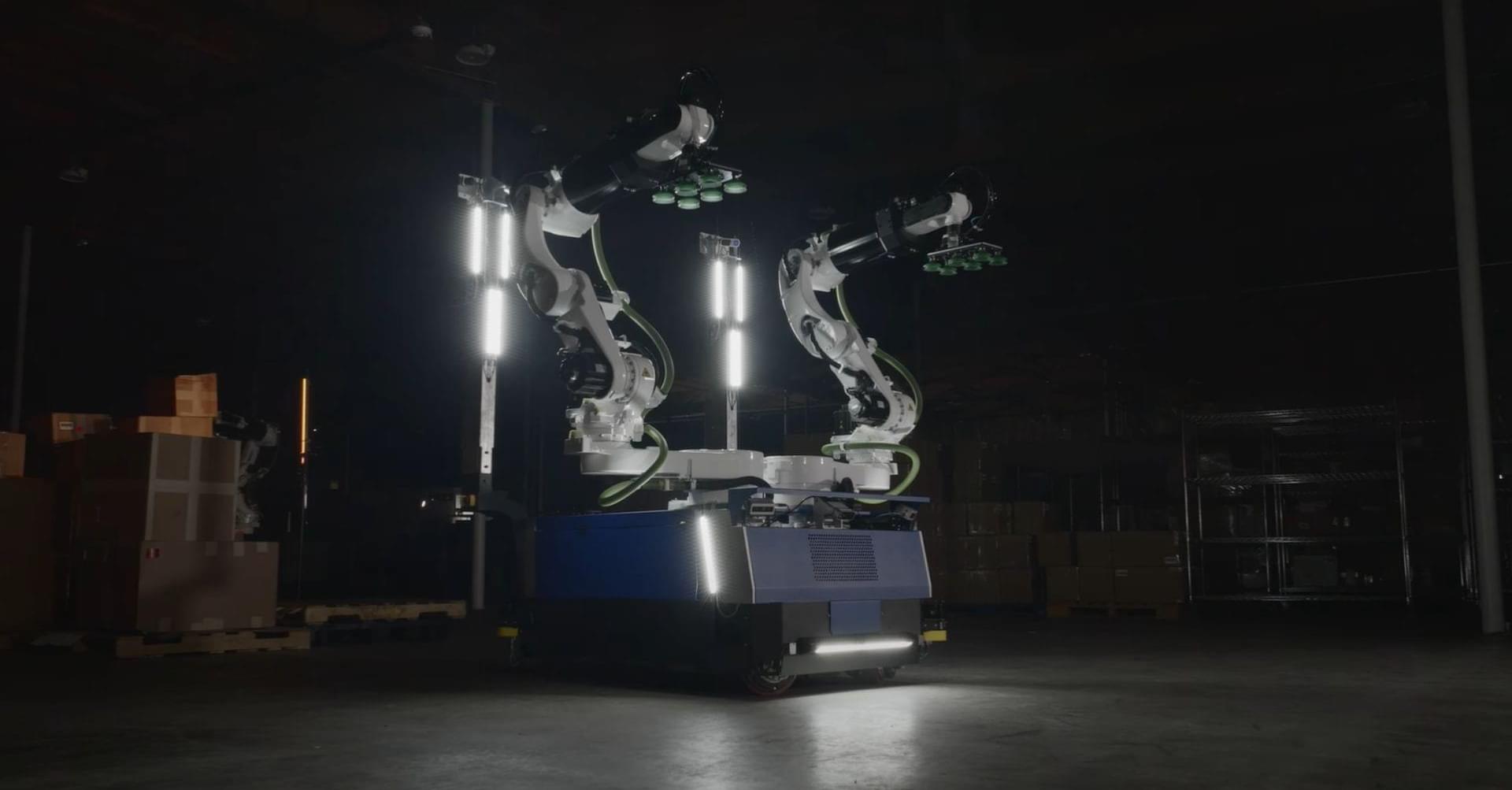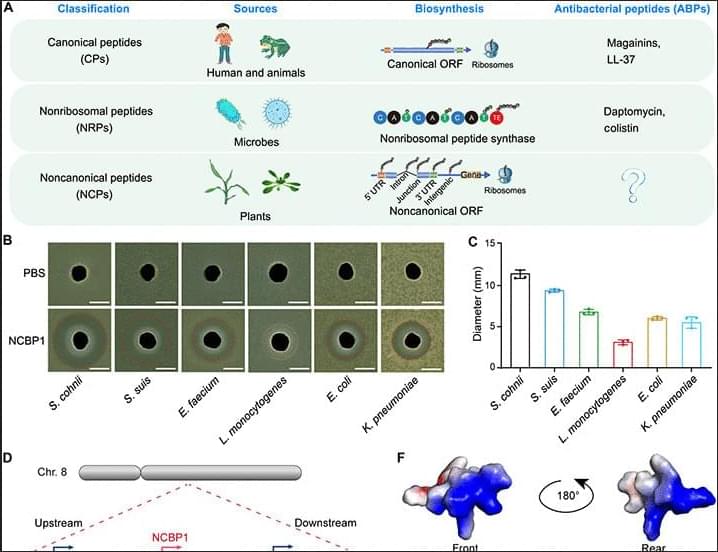A cosmic enigma, ASKAP J1839-0756, a slow-spinning neutron star discovered using the ASKAP radio telescope, is challenging the conventional understanding of pulsars. Unlike typical pulsars which spin rapidly, this object completes one rotation every 6.5 hours and emits radio pulses from both magn
University of Queensland scientists have cracked a long-standing puzzle in nuclear physics, showing that nuclear polarization, once thought to hinder experiments with muonic atoms, has a much smaller effect than expected.
This surprising result clears a major obstacle and paves the way for a new era of atomic research, offering deeper insights into the mysterious inner workings of atomic nuclei using exotic, muon-based atoms.
Breakthrough in Muonic Atom Research.
New sapphire nanostructures created at UT Austin repel dust, glare, and fog while staying durable. Inspired by nature, these surfaces could be used in electronics, optics, space, and defense, and are being developed for real-world applications. Imagine a phone screen that stays flawless no matter
In the ebb and flow of crowded crosswalks, a surprising pattern emerges: people can naturally form neat lanes of movement. But what flips the switch from graceful organization to chaotic weaving?
An international team of researchers has pinpointed a specific tipping point: when pedestrians deviate more than 13 degrees from their path, order collapses. Backed by math, experiments, and real-world testing, this discovery could revolutionize how cities manage foot traffic.
From flow to frenzy: what disrupts pedestrian order?
Type 2 diabetes may quietly alter the brain in ways that mimic early Alzheimer’s, weakening reward perception and memory signals in a key brain area called the anterior cingulate cortex (ACC). In a rat study, diabetic animals still behaved normally but processed rewarding locations differently, s
Scientists at EMBL have captured how human chromosomes fold into their signature rod shape during cell division, using a groundbreaking method called LoopTrace. By observing overlapping DNA loops forming in high resolution, they revealed that large loops form first, followed by nested smaller loo
US firm Dexterity unveils Mech, a super-humanoid robot using Physical AI to handle industrial tasks, starting with truck loading.
What happens when quantum computers can finally crack encryption and break into the world’s best-kept secrets? It’s called Q-Day—the worst holiday maybe ever.
A plant-derived peptide shows antibacterial and antifungal activity, targeting MDR pathogens and enhancing maize resistance.
Could black holes, which are known as the most destructive forces in the universe, create conditions on nearby planets where life could exist? This is what | Space









